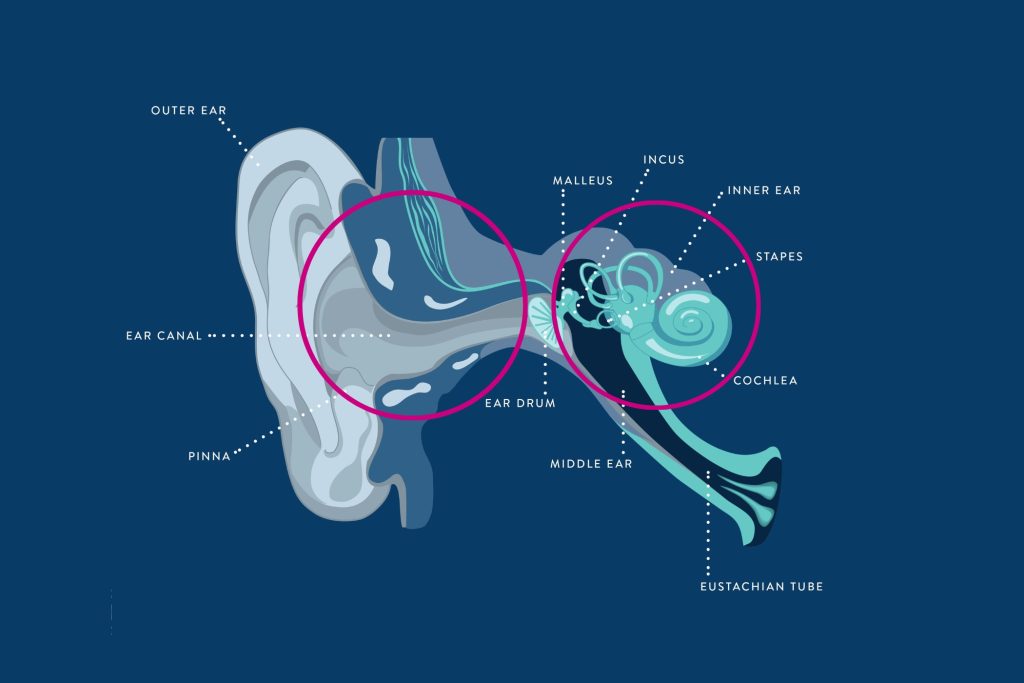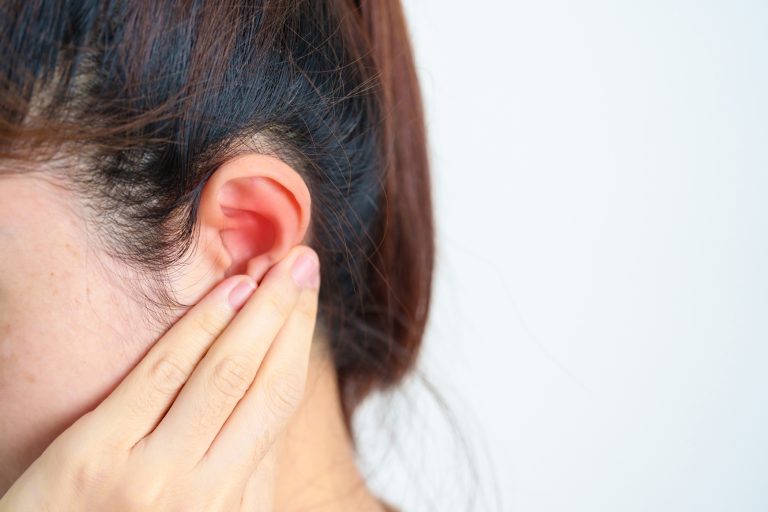Mixed hearing loss is trouble hearing in both the middle or outer ear (also known as conductive hearing loss) and the inner ear (also known as sensorineural hearing loss). Causes of mixed hearing loss can vary, but usually result from a combination of factors affecting the different parts of the ear. If you’ve noticed a change in your hearing loss or have recently been diagnosed with hearing loss, read on to learn more about mixed hearing loss, how it’s treated, and the causes.



